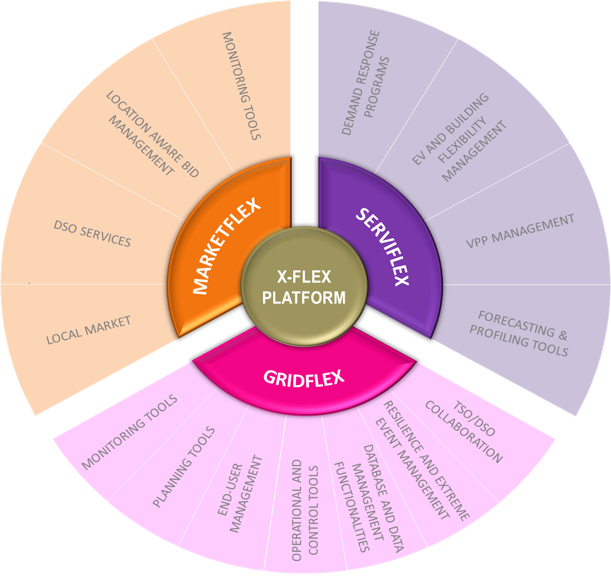
The X-FLEX project – An excellent example of cooperation between the Slovenian academia and industry at EU level
X-FLEX is an international European research project, co-funded by European Union under Horizon 2020 research programme. There are 12 partners from across the EU and three of them, Laboratory of Energy Policy from the University of Ljubljana, Petrol d.d. and Elektro Celje d.d. are from Slovenia.

X-FLEX will create and integrate synergies across all energy flexibility sources and technologies, promoting cooperation among all the actors of the smart grid and energy market, in an efficient and cost-effective manner. Through this holistic approach, X-FLEX aims to create the optimal combination of decentralised flexibility assets located along the whole energy value chain, providing benefits to all the actors of the smart grid, energy retail and wholesale market, offering an all-win scenario.
LEST (UL) is the technical coordinator of the project and is responsible for content development and specification and, together with the Laboratory for Integration of Information Systems (UL FRI), also for the technical implementation of the tools. Petrol plays the role of the leader of a working set of demonstration projects managing pilot sites in Slovenia. The distribution company Elektro Celje provides a testing ground for demonstration and evaluation of solutions that will enable the inclusion of a greater share of dispersed resources and their flexibility.
The implemented solutions will be tested at Slovenian pilot locations in Luče and Ravne na Koroškem. At the pilot site Luče, where the first self-sufficient energy community in Slovenia is being created, the COMPILE project will be upgraded with a market-based approach to provide flexibility. One of the goals is to develop the MarketFlex platform for the local market, which would take into account the limitations of the transmission capacity at the low-voltage distribution network. In Ravne na Koroškem the partners plan to develop and test a model of how to generate heat from RES – so called Power2Heat. The combined use of high efficiency cogeneration units (CHP) and an electric boiler installed in an industrial complex and partly powered by RES and converting excess electricity into heat can improve the reliability and efficiency of district heating.
More about the project is available on its website and in a press release on the Petrol website (only in Slovenian language).
